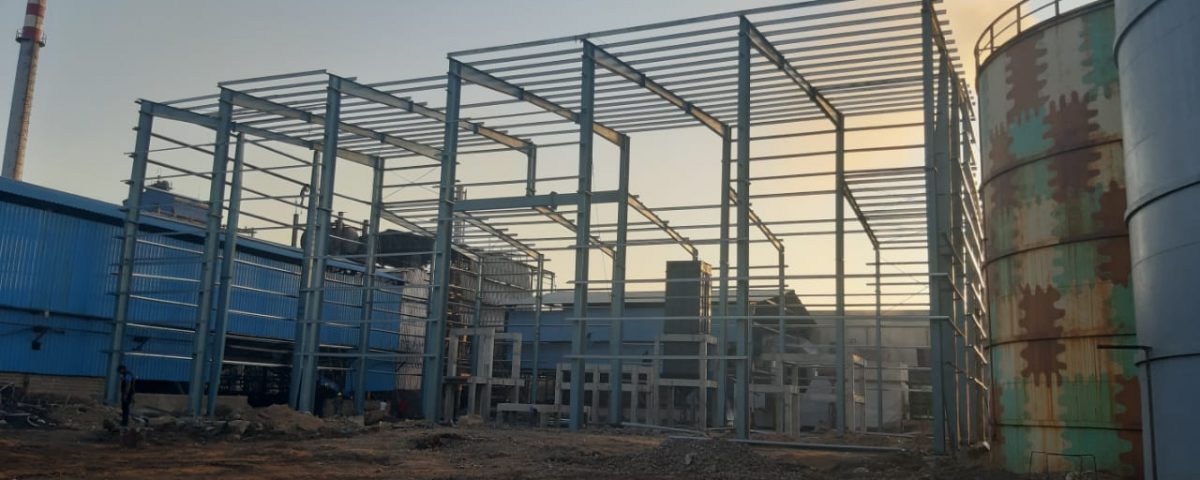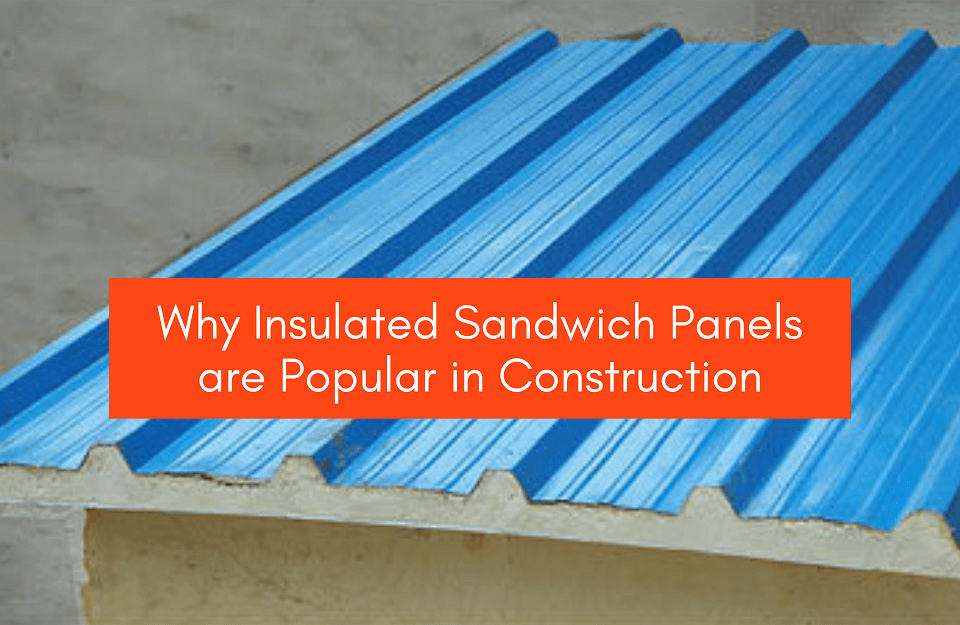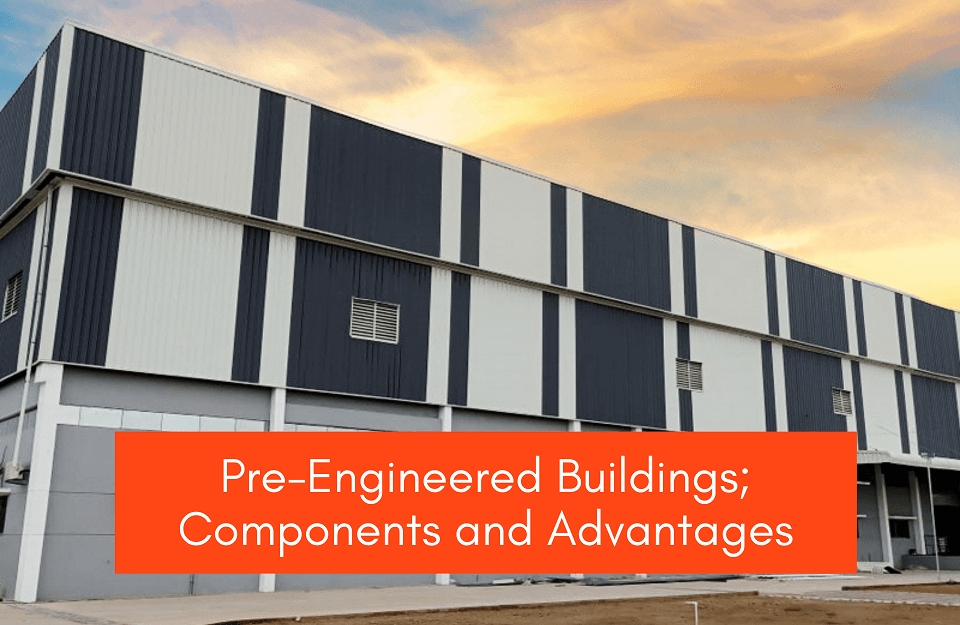- Bansal Roofing Products Ltd
- +91-9925050913
- inquiry@bansalroofing.com
Why Does A Metal BuildingCost Less In The Long Run?

10 Things To Consider Before HiringAn Industrial Roofing Contractor
June 13, 2020
The Difference BetweenPrefabricated and Pre-Engineered Steel
July 21, 2020The world’s population is expected to increase by 2 billion people over the next 30 years, from 7.7 billion today to 9.7 billion in 2050. This will result in rapid urbanization. As the need for buildings and infrastructure continues to increase worldwide, reducing the consumption of natural resources and associated emissions is critical too, for future sustainability. With all these scenarios, the manufacturer has begun to look at more cost-effective, sustainable and durable materials.
Constructions from houses to car parks to schools and skyscrapers rely on their strength. The stronger building structure is, the stronger building will be that we can build a larger infrastructure and it can take a load. Steel manufacturers around the world are providing additional construction solutions that allow energy-efficient and low-carbon-neutral buildings.
Not only is steel cost-effective, readily available and safer, but its unique properties, such as strength, versatility, durability and 100% recyclability, also reduce the environmental impact over the entire life cycle of buildings.
What is a steel building?
Steel Building is a metal structure made of structural steel components that are connected to each other to carry loads and provide complete rigidity. Due to the reliable strength of steel, this structure is durable and requires fewer raw materials than other types of structures, such as the concrete structure and wood construction.
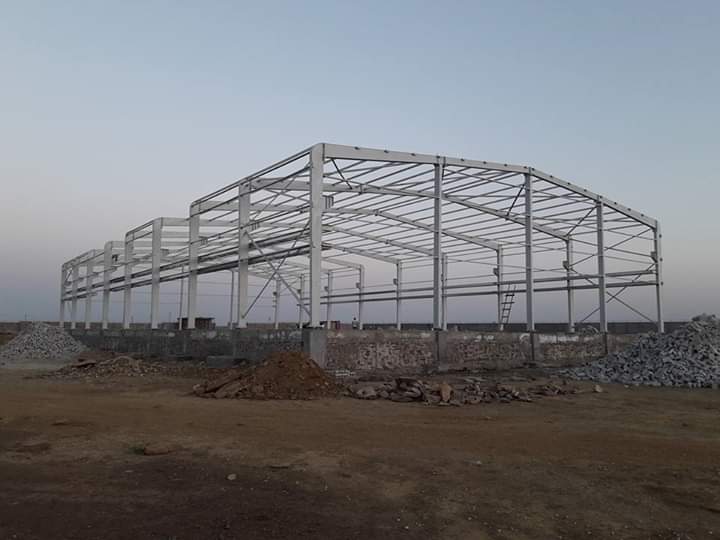
Metal buildings are professionally built structures that provide cost-effective and stable low-rise buildings. All major steel construction system manufacturers use custom design tools for each building and for all metal building components, based on the customer’s needs and specifications and on local and national building codes. The basic elements of the metal building system include primary rigid frames, secondary components such as wall girders and purlin roofs, cladding and bracing. Both components are designed and constructed to function as an integrated building framework.
In modern construction, steel structures are used for almost every type of structure, including heavy industrial buildings. Metal buildings are used for nearly any imaginable use. You can find them in industrial applications such as large production plants, warehouses and distribution centres. They are also used in retail shops, shopping malls, motels, office complexes, aircraft sheds and stadiums, schools, libraries, temples, medical facilities and government buildings, and so many more.
But Why Metal Buildings?
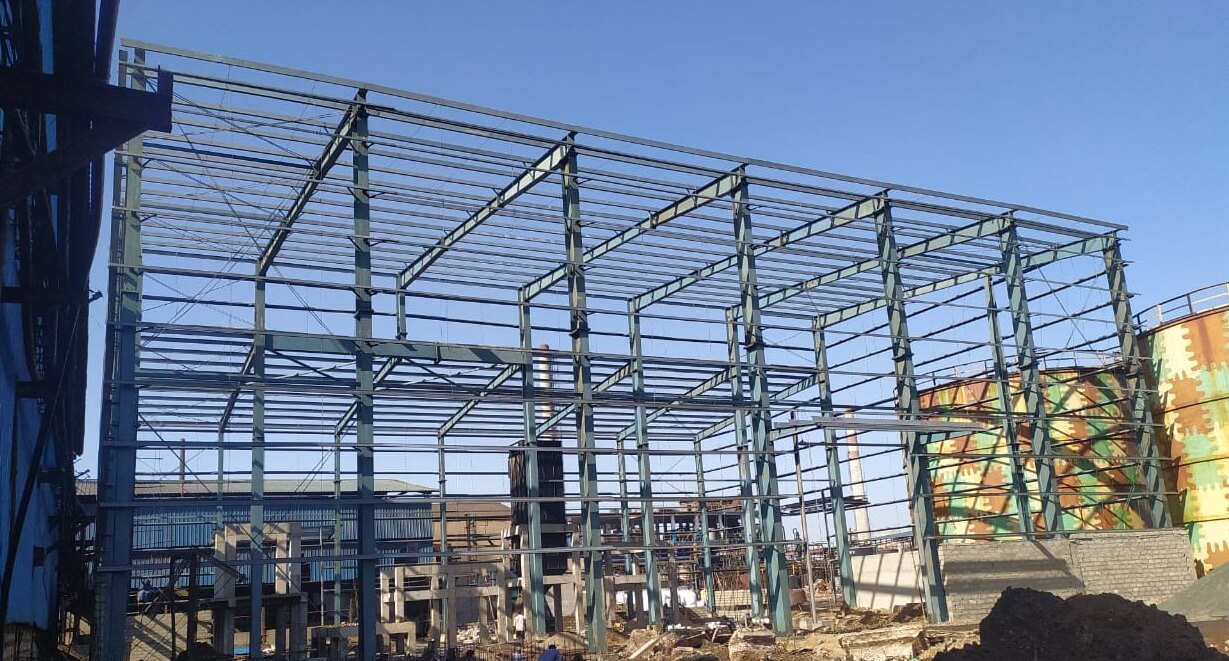
The majority of metal buildings are low-rise structures and are capable of achieving significantly wide clear space and height. At the same time, a metal building can be made in a variety of architectural styles, which can give it a different look and increase its aesthetic value. Many steel buildings have wall design features, such as brick facades or window sills. Steel buildings are versatile and offer flexibility in design, can be designed to look good, use energy wisely.
Steel buildings are one of the most affordable construction alternatives available. Although the initial costs, the design and planning process may seem more frightening-especially if you are new to the steel construction field. Or are working with a construction company who is less experienced with steel buildings-cost-by-cost analysis. Still, you can always place high-quality steel buildings at the top of the list when it comes to a cost-effective building structure.
When we think about construction costs, it is important to calculate the difference between the initial cost and the cost for a lifetime. That minor difference of calculation can cost you between thousands or hundreds of thousands of money wasted, depending on the scale of your project. Therefore you should always take a long view and evaluate the lifetime costs of any building project.
Metal buildings are cost-effective for almost every low-rise construction project. Pre-engineered metal buildings are meant for saving money. Practical and affordable, steel buildings cut costs at every stage of construction. Not only at the beginning of construction, but saving money would also continue over life with a steel building.
How Metal Buildings Cost Less In the long run?
#1 – The Speed Of The Erection Process:
One of the most important reasons why steel is a common choice of building material is the speed at which construction can be completed. Unlike timber framing or concrete materials, steel structures do not take months or years to be erected. As steel arrives on the construction site in the form of pre-manufactured and pre-engineered construction, the process of erecting your custom-designed steel building is a quick task for an experienced contractor.
The assembly with pre-cut materials is incredibly easy to complete. Metal is prefabricated with precise precision, which means that there will be no unpredictability in materials assembly and will arrive at the worksite with all perfect pieces just needed to put them together. That also means no delay in construction. With high-quality, pre-engineered steel, your structure can be completed within a fraction of the time, compared to what it would take to build a wooden or concrete building. From start to finish, on-site construction will cut down, time and cost up to 20%-40 %.
#2 – Steel Offers a Cost-effective Option As Material Compares To Others:
If you talk about the upfront cost of different materials, steel is the most cost-effective option As mentioned above, steel is pre-manufactured before it arrives at the worksite, which significantly reduces waste material. This, of course, lowers the overall cost of the materials. With pre-manufactured materials, fewer construction workers will be needed for assembly. This is a lower price tag for labour costs. When you choose to build with steel, there are no hidden costs. Before your steel construction project reaches the final stage of construction, you get an opportunity to save money at every stage of design and construction.
Also Read: 5 Benefits Of Pre-Engineered Buildings (PEBs)
#3 – Steel Is Strong & Durable and Saves Building Maintenance Cost:
Steel construction structures typically have lower overall costs over their lifetime due to the strength and durability of the material. Compared to more traditional building materials, such as wood or brick, steel does not buckle with elements such as water, fire or wind. Since the steel is inorganic, it does not soak and dry in moisture.
There is also a slow period of decomposition with steel so that your building will not deteriorate over time as bricks and wood tend to do. Instead, it has extra coatings that protect against decay and rust, your steel structure will be intact on its place for a long time. Traditional buildings have a long list of maintenance items that must be carried out on a daily basis. These include items such as sealing and caulking, painting, fixing brick and mortar facades, re-roofing, etc. A continuous budget is required for all of these maintenance tasks.
Steel buildings are renowned for being low-maintenance and incredibly durable. For example, a high-quality metal roof can be guaranteed for up to 40 years. Steel is a commodity that will stand firm against time and against the elements of Mother Nature. This is the building material to choose if you want a long-standing foundation that will cost you fewer maintenance resources and money over time.
Steel is also highly resistant to mould, rotting, warping, cracking and pests, which tends to increase the durability and longevity of your building, and further reduces your lifetime cost of maintenance.
#4 – An Energy Saving Feature That Will Save You For Lifetime:
The heating and cooling system is the largest energy consumer for most commercial and residential buildings. In fact, 50% of the average householder’s energy consumption is spent on maintaining a healthy room temperature. Metal buildings have been designed with keeping energy efficiency in mind.
Features such as cool metal roofs help in preventing the rise of heat and reduce the heat island effect, produced by the concrete and traditional roofing material. Metal buildings use suitable ventilation, preserve indoor air quality and increase efficiency. Strategic use of skylights and windows reduces the electricity needed to light the building and provide healthy daylight. Both of these steps lead to substantial energy conservation and cost savings.
Also Read: 10 Things To Consider Before Hiring An Industrial Roofing Contractor
#5 – Long-Lasting Resale Value:
Steel and metal structures are made of high pre-and post-consumer recycled materials. The pre-engineered and pre-fabricated components listed above are also energy-saving features and can be recycled at the end of the lifespan of the buildings. Almost ageless, steel buildings retain their original aesthetic beauty year after year.
Whenever the steel structure reaches the end of its usefulness, it can be sold, the frame, the scrap to be recycled again. Steel can be recycled indefinitely without losing any of its strength or original characteristics. Even after decades of faithful service, the “retired” steel building has its value. At the end of the metal building’s lifespan, just sell the steel frame to the recycler!
The cost and energy benefits of metal buildings, together with the wide range of designs available, make them a profitable option for many housing developers. The flexibility of a metal building allows a building structure that can be built to be architecturally pleasing, meet the specifications of local codes and provide energy-efficient solutions to reduce costs.
If you are looking for a competitive price and best quality steel structure contractor, please contact Bansal Roofing for advice. Contact today for more details about the money-saving benefits of Bansal’s Steel Building Systems. We are ready to answer any questions regarding your projects. Let our engineers design, and erect the steel building of your dreams. Together, we can create a custom-designed metal building that fulfils every single one of your preferences and needs.
We can assure you of the great quality and cost-effective solution. Each of Bansal’s steel structures building is tailor-made to meet the needs of our customers with high performance, efficiency and international quality standards.

